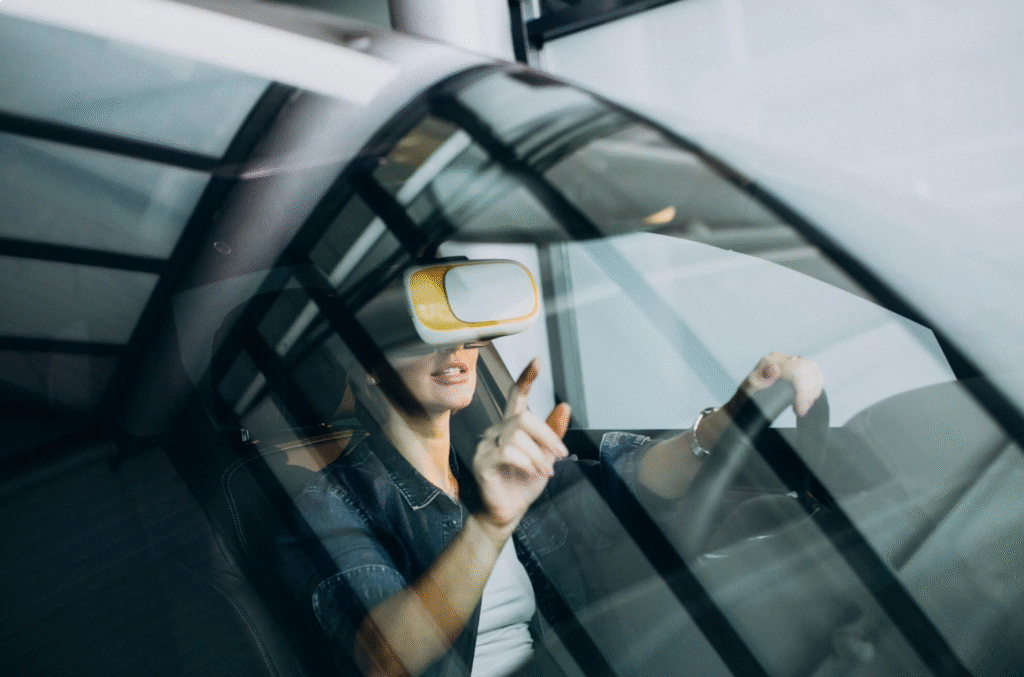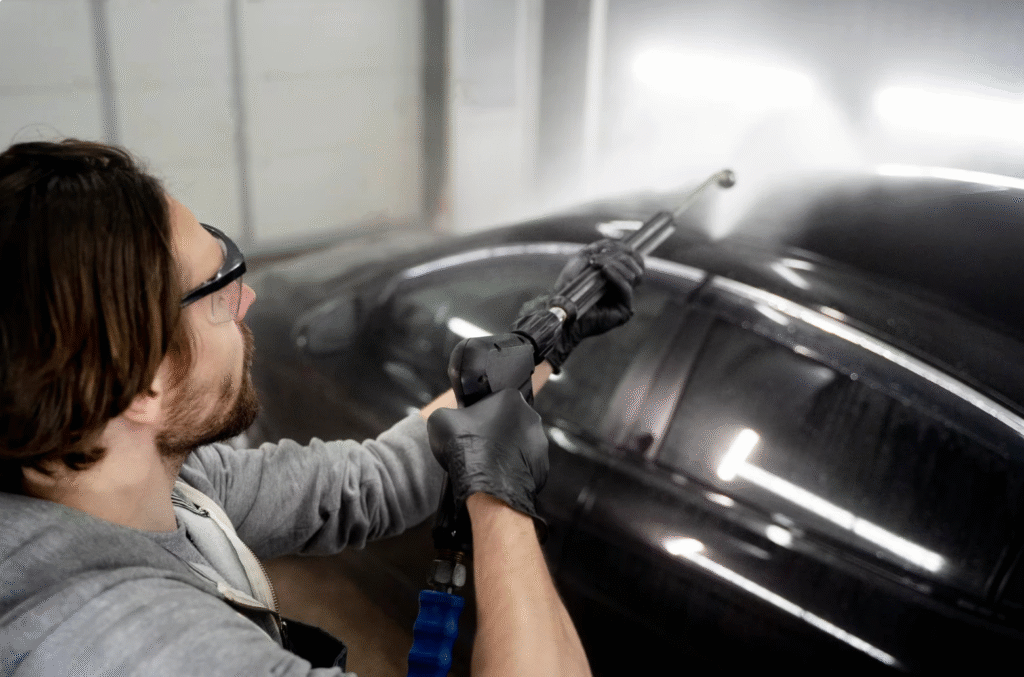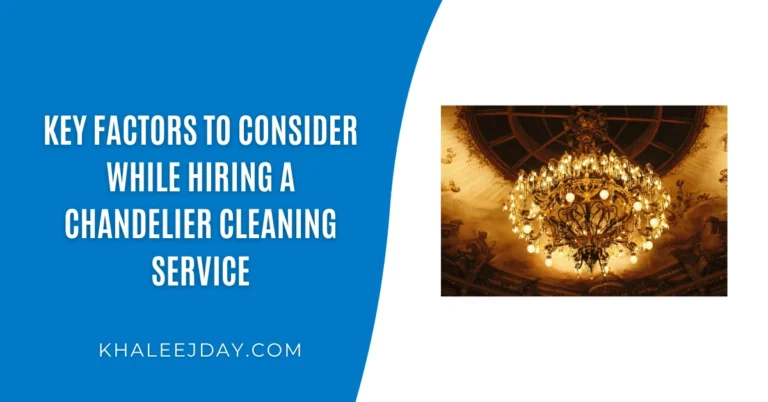Guide to Choosing the Best Car Tinting in Dubai for Your Vehicle
Driving in the UAE’s intense summer heat is challenging for anyone who spends time on the road. That’s why many drivers seek the best car tinting Dubai service: a high‑quality window film makes a vehicle more comfortable, protects passengers and interior materials from harmful UV radiation and gives the car a sleek, uniform appearance. However, it isn’t as simple as picking a dark film and sticking it on. Dubai has specific regulations that determine how dark a tint may be, and different films offer varying levels of heat rejection, durability and cost effectiveness. Understanding these requirements and the available options will help you select a tint that complies with UAE law and meets your driving needs.

Benefits and Regulations
Quality window films do more than improve aesthetics. They can block up to 99 % of UV rays and reduce solar heat gain by more than half. A cooler cabin means less strain on air conditioning and lower fuel consumption. By filtering UV, tints also protect leather seats, dashboards and fabrics from fading or cracking. Darker rear and side windows increase privacy by making it harder for outsiders to see inside.
Regulation is just as important. The RTA requires front windows to let at least 30 % of visible light through and rear windows up to 50 %. Windscreens may only have a narrow strip of tint at the top for glare reduction. Metallic films that could interfere with radar or mobile signals are banned. Breaking these rules can lead to fines of AED 400–1000 or even impoundment. To stay compliant, ask your installer to measure VLT with a photometer and provide written certification. Always keep this certificate in your vehicle so you can demonstrate compliance during roadside inspections, which saves time and reduces the risk of penalties. Key points to remember include:
- Heat and UV control: Premium films lower cabin temperature and block most UV radiation, improving comfort and protecting occupants.
- Interior preservation: Tints protect seats, dashboards and fabrics from fading.
- Privacy: Darker windows deter theft by concealing valuables.
- Legal limits: Front windows must allow 30 % VLT and rear windows 50 %; windscreens are limited to a top strip.
- Penalties: Fines or impoundment await those who install illegal films.
- Efficiency and comfort: Less reliance on air conditioning lowers fuel use, reduces emissions and improves driver comfort and alertness.
Comparing Tint Types
Window films vary in cost, performance and interference potential. Available options fall into four broad groups: dyed, metalized/hybrid, carbon/ceramic and specialty. Dyed films are the most economical and provide basic UV protection but limited heat rejection; their color fades with time. Metalized films reflect solar radiation and block more heat and UV, but their metallic layer can disrupt GPS or mobile signals. Hybrid films mix dye and metal to offer moderate heat rejection with less interference. Carbon and ceramic films form the high‑performance tiers: carbon tints absorb heat and block UV without affecting electronics, while ceramic films use nano‑particles to reflect infrared radiation and block nearly all UV. These premium films maintain clear visibility and last longer, though they cost more. Specialty options include crystalline clear tints that reject heat and UV without darkening the glass and dual‑reflective films for extreme heat, which are generally reserved for rear windows due to potential interference.
| Type | Heat/UV performance | Interference | Cost | Typical use |
| Dyed | Low heat, basic UV | None | Low | Budget shade and privacy |
| Metalized | Good heat and UV | Possible issues | Medium | Reflective look |
| Hybrid | Moderate heat | Minimal | Medium | Balanced choice |
| Carbon | High heat and UV | None | High | Strong privacy |
| Ceramic | Very high heat/UV | None | High | Premium clarity |
| Crystalline | Clear high protection | None | High | Clear look, strong rejection |
| Dual‑reflective | Maximum heat | Possible | Very high | Rear windows only |
Performance and cost vary by brand. Consider how often you drive in sunlight, where you park and whether you rely on GPS or smartphones. Choose a film that fits your lifestyle rather than just the darkest legal shade.

Selecting and Maintaining Your Tint
Once you understand the film types, follow these steps to ensure your tint performs well and complies with local laws:
- Verify legal limits. Choose films that meet Dubai’s requirement of 30 % VLT on front windows and 50 % on rear windows. Limit windscreen tinting to the small top visor strip and ask your installer to measure VLT with a photometer.
- Match film to your needs and budget. Ceramic and crystalline films provide the best protection but cost more. Hybrid and carbon films perform well without electronic interference, while dyed films offer basic coverage for short commutes.
- Avoid electronic interference and poor visibility. Metalized and dual‑reflective films may disrupt electronic signals, so avoid them if you rely on GPS or phones. Extremely dark front tints impede night driving and break the law.
- Use professional installers. Certified technicians cut film precisely, minimize bubbling and provide warranties on both material and labor. Their expertise helps ensure compliance and longevity.
- Care for your tint. Let the film cure for a few days before rolling down windows. Clean it with a soft cloth and non‑ammonia cleaner and avoid layering new tint over old film, which can cause bubbling and illegal VLT.
- Think about health and aesthetics. People with sun‑sensitive skin can request a medical exemption. Quality films enhance your vehicle’s appearance and resale value, so pick a shade that complements the car.
- Check durability. Films last longer and come with warranties, saving money over time.
Making the Right Tinting Decision
In Dubai’s scorching climate, window tinting is more than an aesthetic choice — it protects occupants from UV radiation, keeps cabins cooler and enhances privacy. High‑quality films can block up to 99 % of harmful UV rays and significantly reduce heat gain, while regulations require front windows to remain at 30 % VLT and rear windows up to 50 %. Penalties for non‑compliance include fines and vehicle impoundment, making it crucial to choose compliant films and professional installers.
Dyed and hybrid films offer affordability, carbon and ceramic films deliver higher heat rejection and privacy, and crystalline or dual‑reflective products provide premium protection. By understanding the benefits, comparing tint types and following the selection and maintenance tips outlined here, you can enjoy a cooler, safer and legally compliant ride in one of the world’s most sun‑drenched cities. Consult a reputable installer or the RTA to keep your vehicle within the law.






